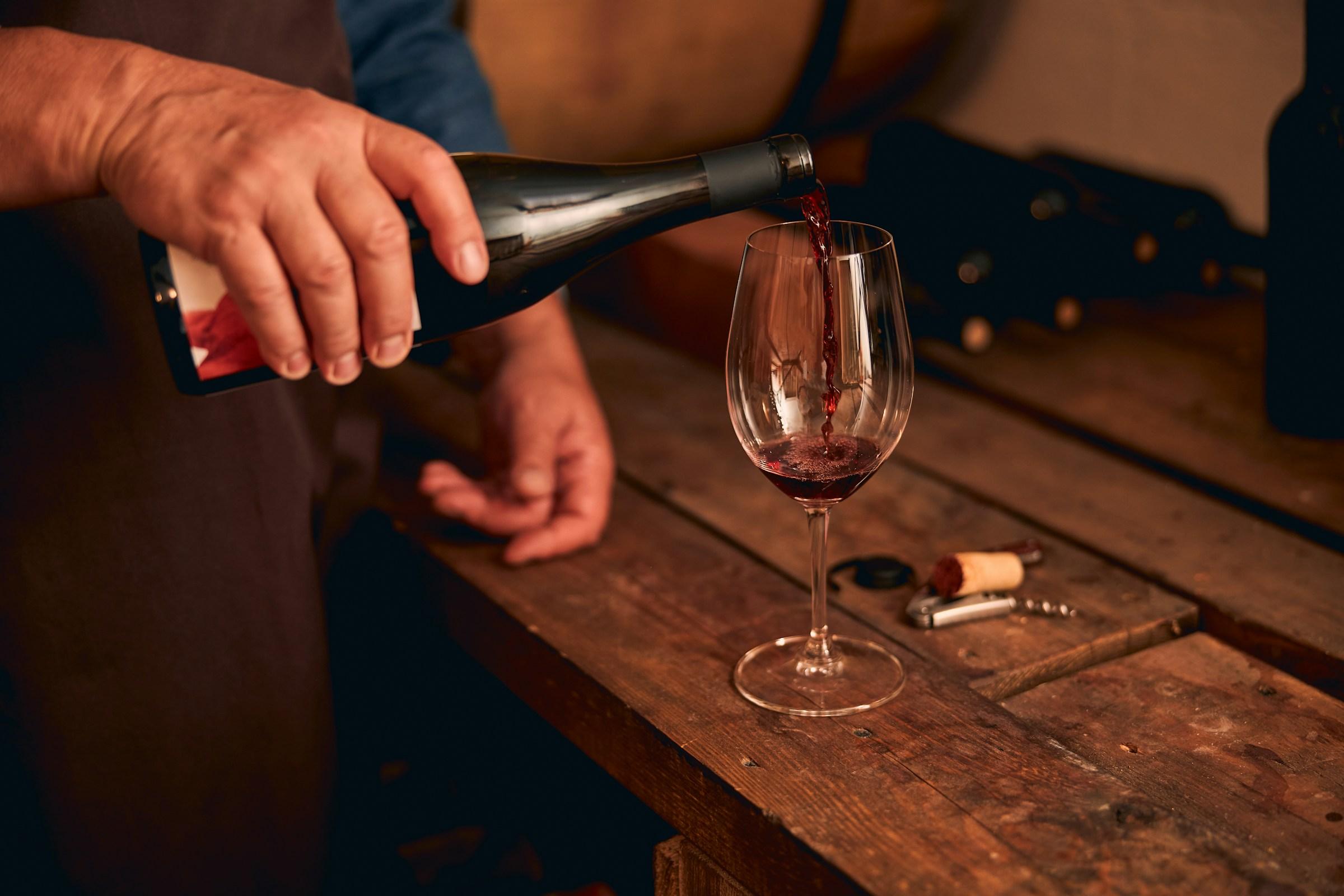In many gyms, there is a familiar scene that plays out in front of a barbell or a pair of dumbbells. Someone looks at the weight, sighs, checks the timer on their phone, and prepares themselves for a set of thrusters. They know that in just a few minutes, they will be out of breath, their muscles will be burning, and their heart will be racing. Thrusters have earned a reputation for being one of the most demanding exercises in a workout, and part of the reason for this is that they allow you to burn a significant amount of calories in a surprisingly short period of time. Understanding why this happens begins with understanding what the movement actually involves and how it affects the body.
A thruster is essentially a combination of two classic movements. It begins as a front squat and ends as an overhead press, performed as one fluid sequence. You start with the barbell or dumbbells resting at your shoulders. From there, you sink into a deep squat, keeping your chest up and your weight balanced through your feet. As you stand back up, you use the momentum from your legs to help drive the weight overhead, extending your arms until they are straight. Then you lower the weight back to your shoulders and repeat the process. There is no long pause between the squat and the press. One phase flows into the next.
This integrated movement pattern is the first reason thrusters are so time efficient for calorie burning. Squats on their own recruit the large muscles in the lower body, such as the quadriceps and the glutes. Overhead presses focus more on the shoulders, upper back, and triceps. When you perform a thruster, you work most of these areas at once. That means more muscle fibers are active in each repetition. Since muscles require energy to contract, using several major muscle groups in the same movement increases the overall energy demand. In very simple terms, more muscles working at the same time usually means more calories burned per minute.
Beyond the muscular load, thrusters also have a strong cardiovascular component. Although the exercise is technically categorized as a strength movement, it quickly begins to feel like an intense cardio session. After only a few repetitions, breathing becomes heavy and labored. The heart pumps faster to deliver oxygen to all the working muscles and to keep the body functioning smoothly under stress. This rise in heart rate is significant because cardio intensity is closely linked to how many calories the body uses in a given time frame. Thrusters push the heart rate up rapidly, which means they move you into a higher calorie burning zone in far less time than a slower, low intensity activity.
Another factor that helps explain the efficiency of thrusters is the continuous nature of the motion. In many traditional strength exercises, there are small pockets of rest built into each repetition. At the top of a squat, for instance, you can pause briefly before beginning the next rep. The same is true for a shoulder press. With thrusters, however, the end of one phase is the beginning of the next. When you finish standing up from the squat, you immediately transition into the press overhead. When you bring the weight back down, your body is already preparing to drop into the next squat. This constant flow leaves little opportunity for the body to relax. The result is a sustained level of effort that keeps energy use high throughout the set.
Thrusters are also commonly used in short, high intensity workouts that are structured around time or repetitions. Rather than being performed casually between other exercises, they often appear in circuits like 30 seconds of work followed by 30 seconds of rest, or in rep schemes such as 21 repetitions, then 15, then 9, with minimal breaks in between. These formats encourage people to work close to their maximum capacity. High intensity interval training of this kind is known for its ability to increase calorie burn in a condensed window. Thrusters fit very naturally into this style, since they challenge both strength and endurance at the same time.
There is also an effect that continues even after the last repetition is finished. Following a tough set of thrusters, the body does not immediately return to its resting state. It has to clear metabolic waste products, replenish energy stores, and restore normal breathing and heart rate. This process requires additional oxygen and energy, which means the body continues to burn more calories than usual for a short period after the workout. This is sometimes described as the afterburn effect. While it is easy to exaggerate its impact, it still contributes to the overall efficiency of intense, full body exercises like thrusters.
Practical considerations also play a role in explaining why thrusters are so appealing to people who feel pressed for time. In a typical gym routine, someone might spend one part of the session training legs, another training shoulders, and then finish with a separate cardio segment. This approach can be effective, but it usually takes a fair amount of time. Thrusters compress several goals into one movement. In a single exercise, you challenge the muscles of the lower and upper body, engage the core, and elevate the heart rate into a training zone usually associated with cardio workouts. For someone who only has ten or fifteen minutes between work, family responsibilities, and other commitments, this kind of efficiency can be very attractive.
At the same time, the intensity and complexity of thrusters come with some important caveats. They are demanding partly because they expose limitations in strength, mobility, and coordination. If the movement is rushed or performed with poor form, the stress on the joints, especially the knees, hips, shoulders, and lower back, can increase. Choosing a weight that is too heavy or pushing through fatigue without control can turn an efficient exercise into a risky one. For that reason, it is often wise to begin with lighter weights or even just bodyweight and to focus on mastering the technique. Thrusters can still be effective for calorie burning at lighter loads as long as the sets are challenging and the movement is smooth and controlled.
There is also a psychological dimension to their effectiveness. Thrusters are not an exercise that allows for absent minded effort. Because they are physically demanding, they tend to command full attention. When the timer starts or the repetition target is set, people often find themselves intensely focused on simply getting through the set. This focus can help maintain consistent effort, which in turn supports a higher overall training effect in a short period. In a world filled with distractions, an exercise that demands presence, even for just a few minutes, can contribute to both physical and mental benefits.
In summary, thrusters help you burn calories in less time because they combine multiple elements that drive up energy use. They recruit large muscle groups in both the upper and lower body, they elevate the heart rate quickly, they move in a continuous pattern that minimizes rest within each repetition, and they fit naturally into high intensity training formats. They also create a modest afterburn effect as the body recovers and offer a compact way to blend strength and cardio in a single movement. When performed with proper technique and appropriate loads, they can be a powerful tool for people who want to make the most of limited workout time.
Ultimately, the appeal of thrusters lies in the trade off they present. The effort required in the moment is high, but the duration can be short. A few focused minutes can leave you breathless, tired, and satisfied that you have pushed your body in a meaningful way. For many people balancing busy schedules, that sense of having done something intense and worthwhile, even within a short window, is exactly what they are looking for when they choose thrusters as part of their routine.














